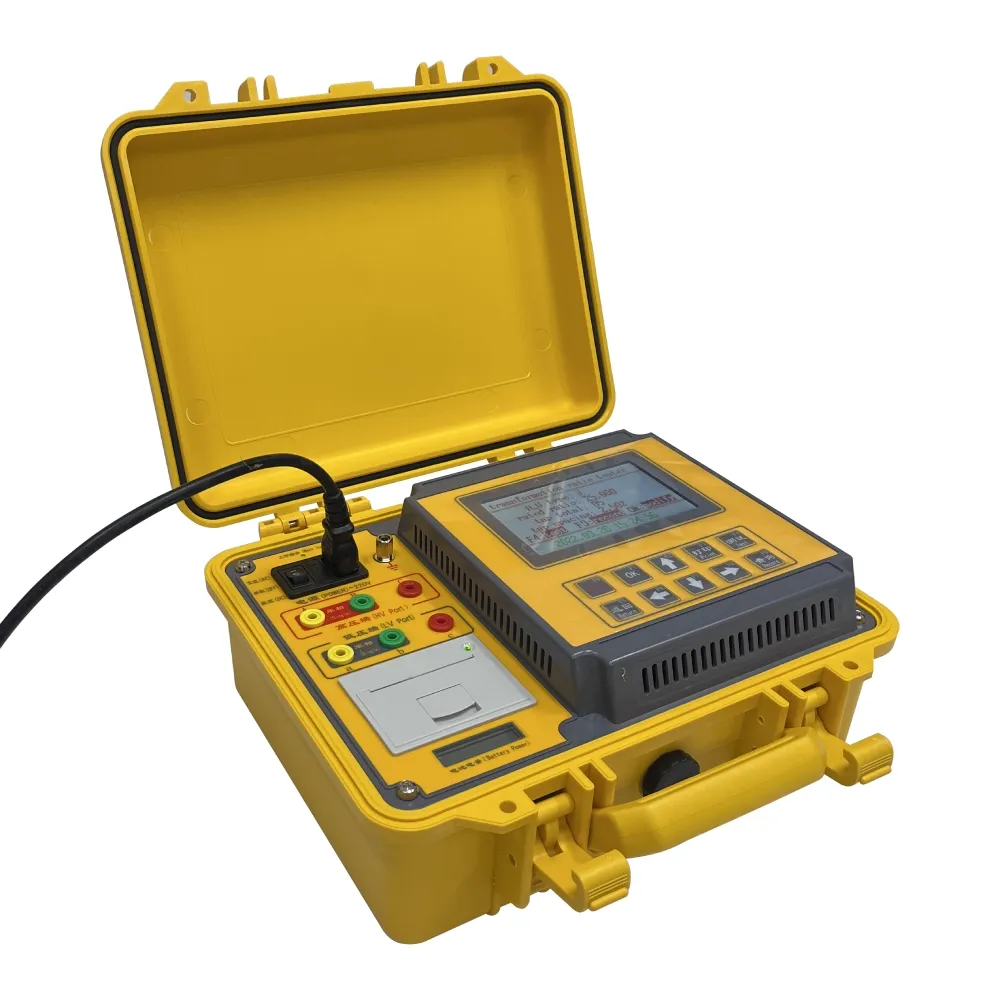 English
English


Analysis of Volatile Compounds Using GC-MS Techniques in Headspace Sampling Applications
Understanding GCF-MS Headspace Techniques in Analytical Chemistry
Gas Chromatography-Mass Spectrometry (GC-MS) has emerged as a powerful analytical tool in chemistry, particularly for the analysis of volatile and semi-volatile compounds. Among the various sampling techniques utilized in GC-MS, headspace analysis stands out for its ability to efficiently analyze substances without the need for extensive sample preparation. This article delves into the principles, applications, and advantages of GC-MS headspace techniques.
Principles of GC-MS Headspace Analysis
Headspace analysis involves the examination of the vapor phase above a sample in a sealed vial. The principle is based on the volatile compounds within the sample equilibrating with the gas phase. By applying heat or agitation, the rate of volatilization is increased, allowing for the collection of vapor samples that can be analyzed by GC-MS. The process typically entails the following steps
1. Sample Preparation The sample is placed in a sealed container, often with an inert gas atmosphere to prevent contamination. 2. Equilibration The sample is heated to promote the release of volatile components into the headspace. 3. Sampling A portion of the headspace gas is collected using a syringe or an autosampler for injection into the GC column. 4. Separation and Detection The GC separates individual components based on their volatility, which are subsequently detected and quantified by the mass spectrometer.
This method is particularly useful when analyzing complex matrices where the volatile components can be isolated from non-volatile or semi-volatile substances.
Applications of GC-MS Headspace Techniques
gcms headspace

The versatility of headspace analysis has led to its widespread application across various fields
- Food and Beverage Industry GC-MS headspace is commonly employed to analyze flavors and aromas in food products. It assists in quality control, authenticity testing, and the detection of spoilage compounds. - Environmental Analysis The technique is used for assessing soil and water contamination by volatile organic compounds (VOCs). By identifying and quantifying pollutants, regulatory compliance and environmental health can be monitored effectively. - Forensic Science In forensic investigations, GC-MS headspace techniques can help detect volatile substances such as drugs or alcohol in biological samples. This has significant implications for criminal investigations and toxicology studies. - Pharmaceutical Industry Headspace GC-MS is used to analyze solvents and impurities in pharmaceutical products, ensuring the safety and efficacy of medicines.
Advantages of GC-MS Headspace Techniques
The headspace method offers several advantages over traditional liquid sampling techniques
- Reduced Sample Preparation Headspace analysis simplifies sample preparation, minimizing the risk of contamination and degradation of volatile compounds. - Enhanced Detection of Volatiles The technique selectively targets volatile substances, providing a clearer picture of the sample's aromatic profile. - Sensitivity GC-MS headspace can detect compounds at trace levels, making it suitable for analyzing samples with low concentrations of target analytes. - Rapid Analysis The high throughput capability of GC-MS, combined with the efficient headspace sampling process, allows for timely results, which is essential in industries like food safety and environmental monitoring.
Conclusion
GC-MS headspace analysis has established itself as an invaluable technique in analytical chemistry. Its ability to provide reliable and efficient assessments of volatile compounds makes it essential in various sectors, from food safety to environmental monitoring and forensic investigations. As technology advances, the integration of automated systems and improved sensitivity in GC-MS headspace analyses may further enhance its role in providing insights into the composition of diverse samples. The continued evolution of this technique promises to open new avenues in research and application across multiple disciplines.
-
Differences between open cup flash point tester and closed cup flash point testerNewsOct.31,2024
-
The Reliable Load Tap ChangerNewsOct.23,2024
-
The Essential Guide to Hipot TestersNewsOct.23,2024
-
The Digital Insulation TesterNewsOct.23,2024
-
The Best Earth Loop Impedance Tester for SaleNewsOct.23,2024
-
Tan Delta Tester--The Essential Tool for Electrical Insulation TestingNewsOct.23,2024





